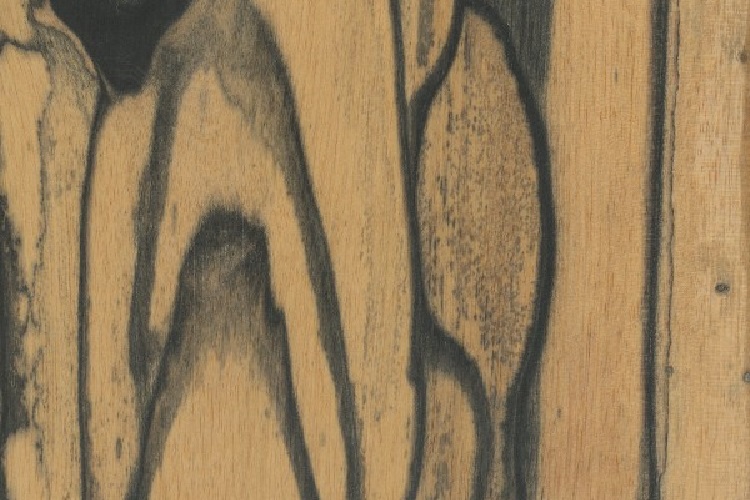

African Ebony | Black Ebony | Black And White Ebony Wood (Diospyros crassiflora)
For Black Ebony, Heartwood is usually jet-black, with little to no variation or visible grain. Occasionally dark brown or grayish-brown streaks may be present. For Black & White Ebony, Heartwood is a pale straw color, with darker black streaks throughout; some pieces may be predominantly black rather than white. Sapwood is a paler white color, not always clearly defined.. This Specie Can be produced and shipped in Saw logs, Peeled Logs, Square edged timber, Round edged timber, Flooring boards, Finishing boards, Unedged boards, Square logs, Decking boards, Parquet floors, Floor planks, Wall coverings(Veneers Sheets), Plywood, Roof coverings, blocks, strips, Polls and proprietary grade hardwood products of both finish and unfinished.
Buy This Wood Require More Details Product List Company's Catalogue
Agrowooders Is A "People, Customer, & Environmental-Oriented Organization"
"At Agrowooders, our mission is to provide quality agro(farm) And wood products to businesses and individuals worldwide. We are committed to providing the highest quality products and services to our customers while maintaining a commitment to environmental sustainability.".......... Read On!
